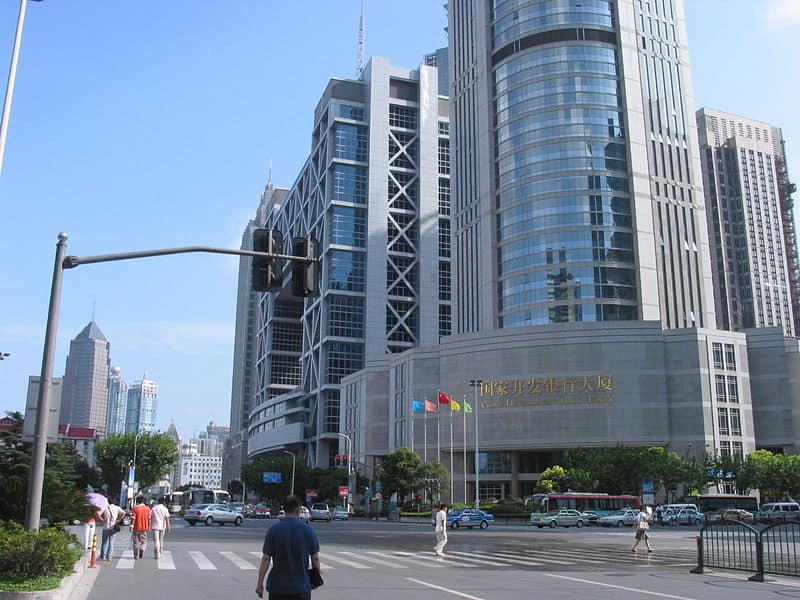The recent decision of the China Development Bank (CDB) to curb funding for shantytown overhaul projects has turned the spotlight on regional policies for urban redevelopment.
Reuters recently reported that policy lender CDB transferred authority for approval of shantytown redevelopment funding from local branches to the head office, following concerns about local government debt levels as well as the impact of overhauls on property prices.
China’s shantytown redevelopment program kicked off in 2014, with the goal of improving the living conditions of Chinese residents in rural or impoverished areas.
While the program initially involved the construction of new homes by local governments for allocation to shantytown residents, since 2015 monetary compensation has instead been provided, to be used by residents to purchase homes on the market.
Sources said to National Business Daily that this means that the initiative “is no longer a form of shantytown redevelopment,” but is instead serving to drive local real estate prices higher.
New research indicates this issue been especially pronounced in the Yangtze River Delta, a core economic region of China that encompasses Shanghai, southern Jiangsu province and northern Jiangsu province.
A research report released by the China Index Academy at the start of the year indicates that cities including Xuzhou, Lianyungang, Wenzhou, Shaoxing, Yancheng, Yangzhou, Huai’an and Anqing have all recently stepped up their shantytown redevelopment efforts, with many local governments increasing the share of cash compensation in order to reap the benefits of higher land revenues.
The Zhejiang province commercial hub of Wenzhou launched its “major dismantling and rectification” (大拆大整) campaign in 2016, which saw the provision of monetary compensation to 3423 households in the municipal area whose residential properties were requisitioned that year.
The move saw an increase in the percentage of shantytown residents receiving monetary compensation from 2.6% in 2015 to 23.98% in 2016.
Official data further indicates that in some districts of Wenzhou such as Lucheng (鹿城), the target for the percentage of households to receive monetary compensation is as high as 50%.
During the process of expanding shantytown redevelopment efforts, the Wenzhou government has provided monetary compensation to residents which is markedly higher than the market value of their old homes, and almost on par with the sales prices for new homes in adjacent areas.
The move has benefited local government finances, however, by freeing them from the need to build new homes for shantytown residents on the same land, which means they can use auctioning to maximise their returns on land sales.
One local observer further points out that it has served boost the Wenzhou real estate market, which had languished prior to the urban overhaul initiative.
Chinese analysts have expressed concern that the provision of monetary compensation to displaced residents for the purchase new homes in lieu of building fresh residences for them is serving to drive undue gains in real estate prices by unleashing new demand.
Data from Centaline Property further indicates that May saw the 46th consecutive month of a new low in housing inventories, with ongoing reductions in third and fourth-tier cities.
This runs contrary to Beijing’s ongoing efforts to contain overheating urban real estate markets, as evidenced by the launch of property control policies by municipal governments since March of last year.
The issue is all the more galling for policymakers given that so many of the funds used for monetary compensation in relation to shantytown overhauls is provided by credit from the Chinese central bank.
A report from 21st Century Business Herald points out that the funds for shantytown overhauls by local governments are primarily derived from China’s policy banks, including China Development Bank and the Agricultural Development Bank of China.
The policy banks in in turn drive much of their funding for shantytown overhauls from pledged supplementary loans (PSL) provided by People’s Bank of China, which is estimated to account for around 80% of funds.
Related stories
China Suspends Funding for Shantytown Overhauls Due to Debt and Property Price Concerns

